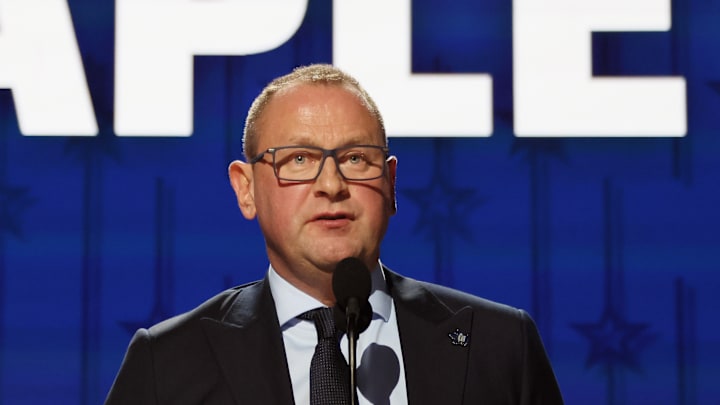The Toronto Maple Leafs had multiple needs to address at this year’s trade deadline. They failed to address most of them.
The Toronto Maple Leafs mainly needed to upgrade their blue-line with at least one star player, and could have used at least one or two forwarsd better than what they ended up with. Additionally, a goalie because it's risky to enter the playoffs with a rookie goalie and a guy who was recently on waivers.
While teams around the league acquired top names off of trade boards to bolster their lineup, the Leafs opted instead to bolster their depth and hoard their propects.
They failed to acquire players that fit their most dire needs and had to pivot for alternative options.
By the time the clock struck 3:00 pm on deadline day, the Leafs had acquired Ilya Lyubushkin, Joel Edmundson, Connor Dewar, and the rights to Cade Webber and Kirill Slepets.
In total they made four trades, trading six draft picks, one prospect, and no roster players despite much speculation.
For a team to trade that many assets and not meet one of their major needs, it is without a doubt a failed deadline.
Let’s look at the players the Leafs acquired.
